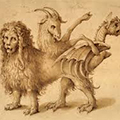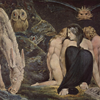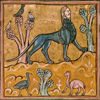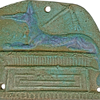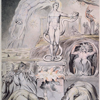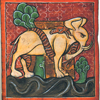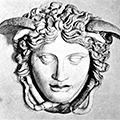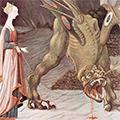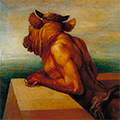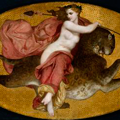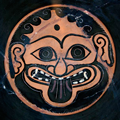Tiffany Rondón Román
This book is the first english translation of Master Hans Talhoffer’s ‘Fight Book’ which was written on parchment sheets with pen and ink on the year 1467, becoming later one of the most influential fencing manuals. Hans Talhoffer (1420-1490) was born on Swabia (Southern Germany) in where he later became master of arms to the Swabian knight Leutold von Königsegg. The manuscript discloses as explained by John Clements and Mark Rector a general and advanced overview of techniques of Western martial culture covering a wide range of information such as fighting with swords, daggers, shields, spears and more. Talhoffer offers as well information regarding holding the sword, stance, footwork, cuts, thrusts, guards, attack and counter-attack, avoidance, setting aside, grappling, binds and weak vs strong, half-sword, long sword, armoured fight with spear and long sword, pole-axe, duelling shield, throated hooking shield, dagger, wrestling, messer, sword and buckler, combat between a man and a woman and mounted combat.
To highlight some interesting information we found, Mark Rector explains that medieval swords were light and well balanced weighing only around two to four pounds. Also, it is explained how Talhoffer demonstrates in this book two different kind of combat: judicial duel and personal combat. Noblemen when dueling fought in full armor with sword and spear but it is very interesting to note that in plates 68-73 which represents ‘Armoured Fight with Spear and Long Sword’ they began their ritual by sitting with their attendants on their sides on a platform in the barriers that surrounded the dueling ground along with a display of their weapons and coffins before them. Another notable detail as explained by Rector is the case of ‘Combat between a Man and a Woman’ plates 242-250 in where a man is placed in a pit up to his waist armed with a large wooden mace and the woman is free to move around him and is armed with a long veil that has in it around three to four pounds of stone. It is explained on ‘notes to plate captions’ (page 295) that if he succeeds in pulling her down into the pit she faces execution and correspondingly if she manages to take him out of the pit he faces execution. This book is very rich to the eyes even if the images are in black and white; besides the beautiful depictions of the ritual of preparation between nobleman and the interesting combat between a man and a woman, there is also the striking plates featuring mounted combat and of course the delightful plate in which we find Talhoffer posing with a sword.
This book can be read by everyone from scholars, students, historians or simply if you are interested in medieval times and combat formation. If you are also interested in reading more about this subject we also recommend to check out if you haven’t already: ‘Fighting on horseback in late medieval Europe: Fighting skills of European mounted warriors’ written by Bartlomiej Walczak in Medieval Warfare, vol. II, issue 2.



